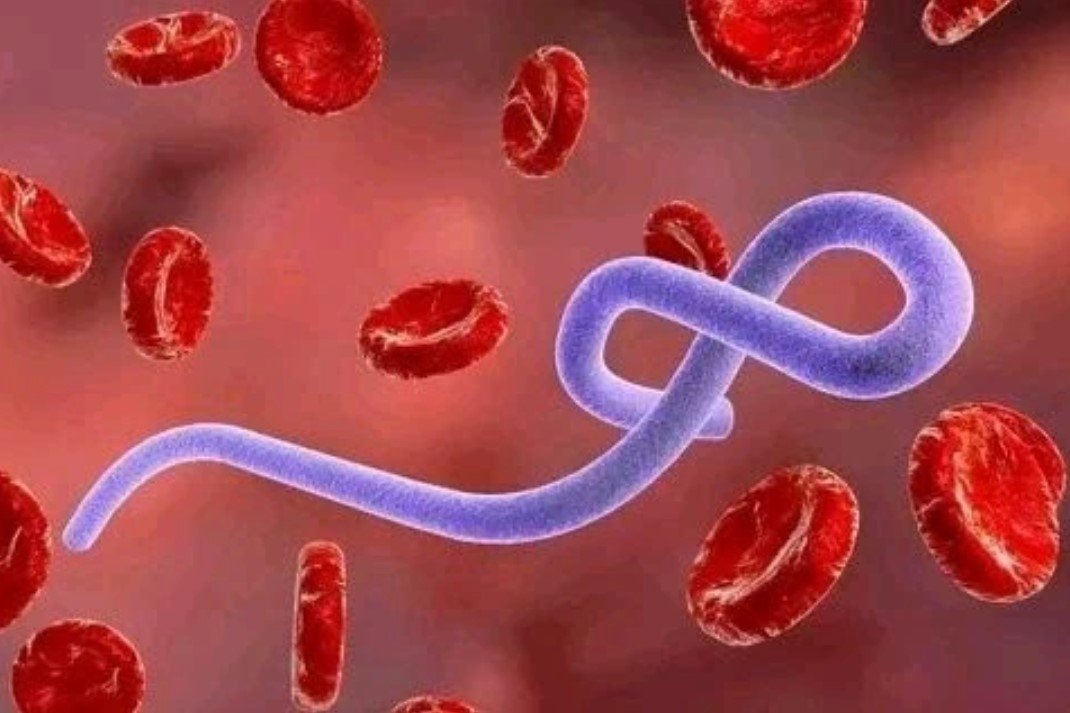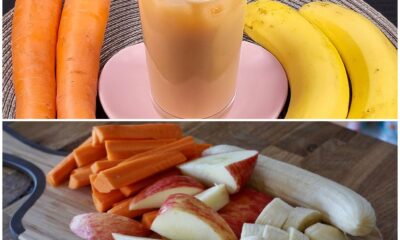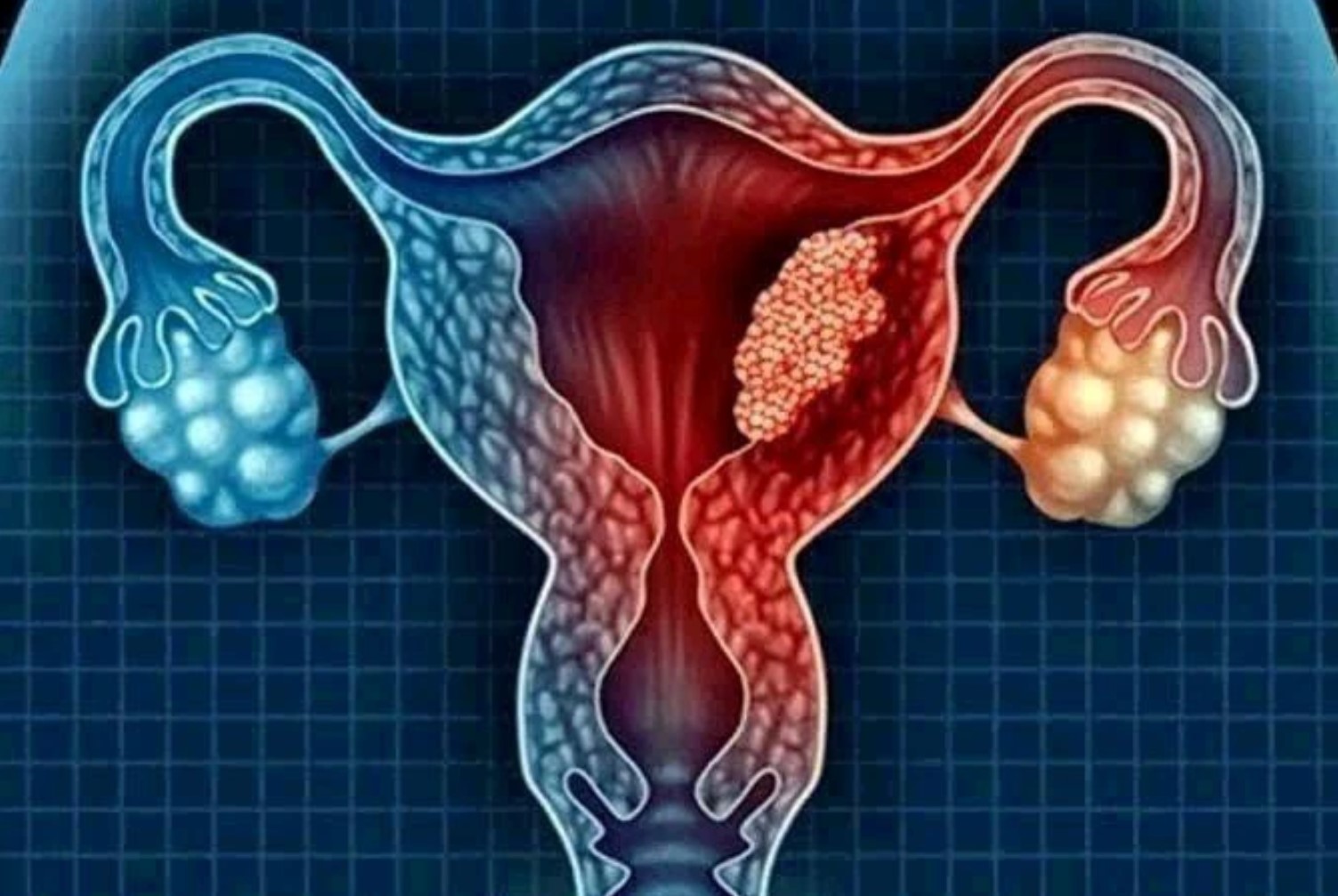HEALTH & LIFESTYLE
5 Deadly Diseases That You Must Know About That Kill Within 24 Hours

Continue Reading
HEALTH & LIFESTYLE
Your Lungs Are Not In Good Condition if You Experience the Following
HEALTH & LIFESTYLE
4 Major Reasons Some People Die In Their Sleep
HEALTH & LIFESTYLE
Uterine Cancer: Stay Away From These 4 Things To Avoid The Risk Of Being A Victim
-

 METRO11 months ago
METRO11 months agoGeneral Gowon is Overthrown: Maiden Speech of Brigadier Murtala Ramat Muhammed, July 29, 1975
-

 METRO2 weeks ago
METRO2 weeks agoRemember the woman who welcomed her first child at the age of 66? This is their life today
-

 IN-THE-NEWS12 months ago
IN-THE-NEWS12 months agoThe Impact of AI on Safe Gambling in Nigeria’s Sports Betting and Casino Scene
-

 HEALTH & LIFESTYLE9 months ago
HEALTH & LIFESTYLE9 months agoMen: You May Not Be Able to Have Children, If You Do These 3 Things Excessively
-

 SPORTS10 months ago
SPORTS10 months agoAntonio Conte’s Assistant Manager Eyes Chelsea Outcast Romelu Lukaku for Napoli Striker Role
-

 HEALTH & LIFESTYLE11 months ago
HEALTH & LIFESTYLE11 months agoCarrot and Banana Smoothies: A Natural Boost to Remove Tiredness and Pain
-

 IN-THE-NEWS2 weeks ago
IN-THE-NEWS2 weeks ago12 States Sue Trump Over ‘Illegal’ Tariffs That Could Send Prices Soaring and Jobs Disappearing –
-

 IN-THE-NEWS12 months ago
IN-THE-NEWS12 months agoUK-based Nigerian Man Dies Few Days To The Resumption Of A New Job



